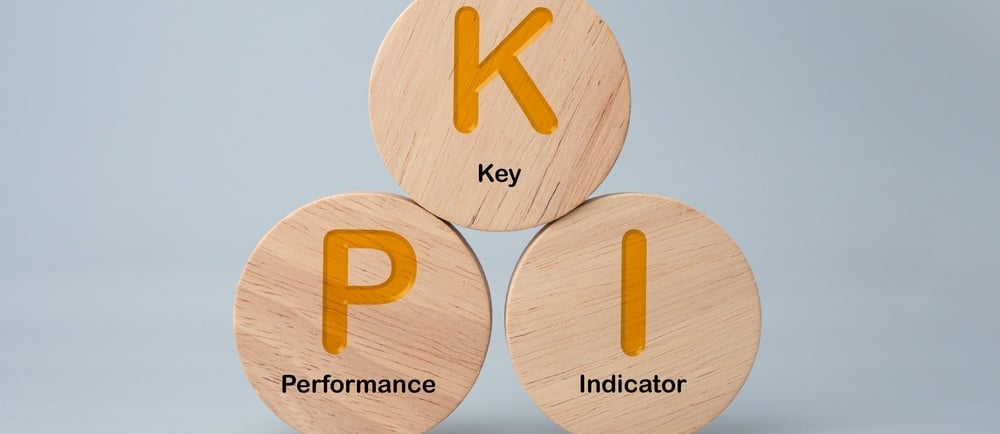KPI's - The Key to Determine Revenue Cycle Health
4/10/20252 min read


Why Tracking KPIs is Key to Understanding Your Practice’s Revenue Health
Running a practice isn’t just about providing great care—it’s also about managing the financial side. One of the most important parts of that financial health is the revenue cycle. But how often are you receiving updates from your billing team, whether in-house or outsourced, about how things are going? If the answer is “not often enough,” it might be time to change that. By keeping an eye on Key Performance Indicators (KPIs), you’ll get a clearer picture of how your revenue cycle is performing and where you might need to improve.
So, what are KPIs, and why do they matter? Simply put, KPIs are metrics that help you gauge the effectiveness of various aspects of your practice, especially when it comes to finances. When tracked regularly, they provide insight into how your billing team is performing and where the potential weak spots are in your workflow.
Here are some KPIs you should be paying attention to:
Lag Time for Billing: This refers to the time it takes from when a service is provided to when it’s billed. A long lag time can lead to cash flow issues and delayed payments, so keeping this metric in check is essential. The quicker you get those bills out, the faster you can get paid.
Percentage of Claims Rejected or Denied: If your claims are frequently being rejected or denied, that’s a huge red flag. This could point to issues like coding errors, incorrect patient information, or problems with payer agreements. A high rejection or denial rate means you’re missing out on revenue, and fixing the root cause should be a priority.
Days in Accounts Receivable (AR): This KPI measures the average number of days it takes for your practice to collect payment after a service has been provided. The longer this number, the more it indicates a problem with cash flow or delayed payments. By keeping this metric low, you ensure that your practice’s revenue cycle is running smoothly, and payments are coming in promptly.
Net Collection Rate (NCR): The NCR measures the actual amount of collectible revenue compared to the total amount of services provided. If this number is low, it means that your practice isn’t collecting as much as it should be, which is a clear sign that something needs to change in your billing processes.
Gross Collection Rate (GCR): This is the percentage of money collected from the total charges billed. While it’s a broader metric than NCR, the GCR can help you identify if you’re not maximizing your revenue collection.
By reviewing these KPIs regularly, you’re able to spot trends, identify problem areas, and address issues before they become bigger challenges. Whether you have an in-house billing team or work with an outsourced team, tracking KPIs ensures everyone stays on the same page and is working toward the same financial goals.
In the end, the more data you have about your revenue cycle, the more empowered you’ll be to make decisions that improve your practice’s financial health. After all, a healthy revenue cycle is just as important as a healthy patient!
Visit www.triumphmps.net or call 214-305-8805 so our experienced consultants can help.